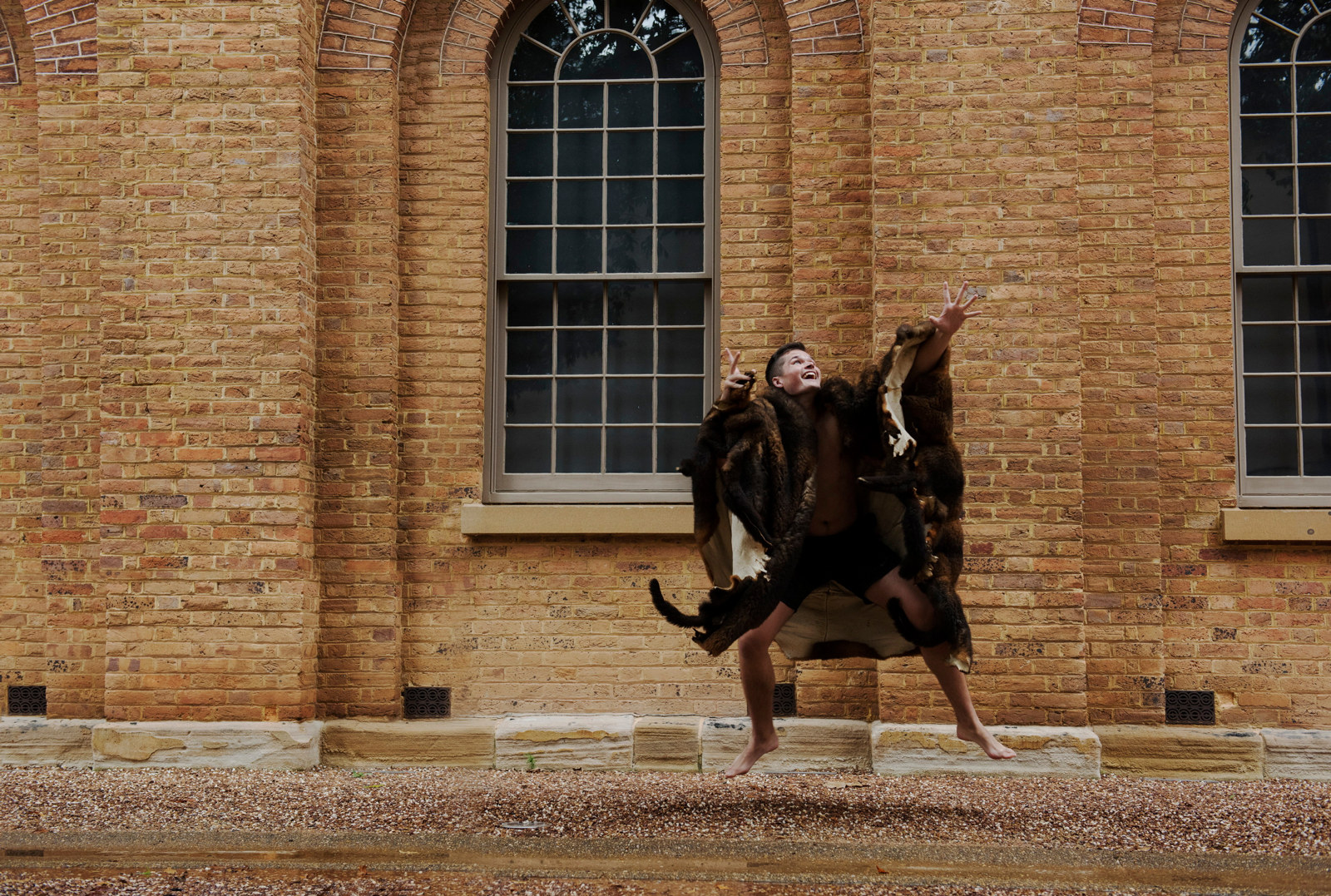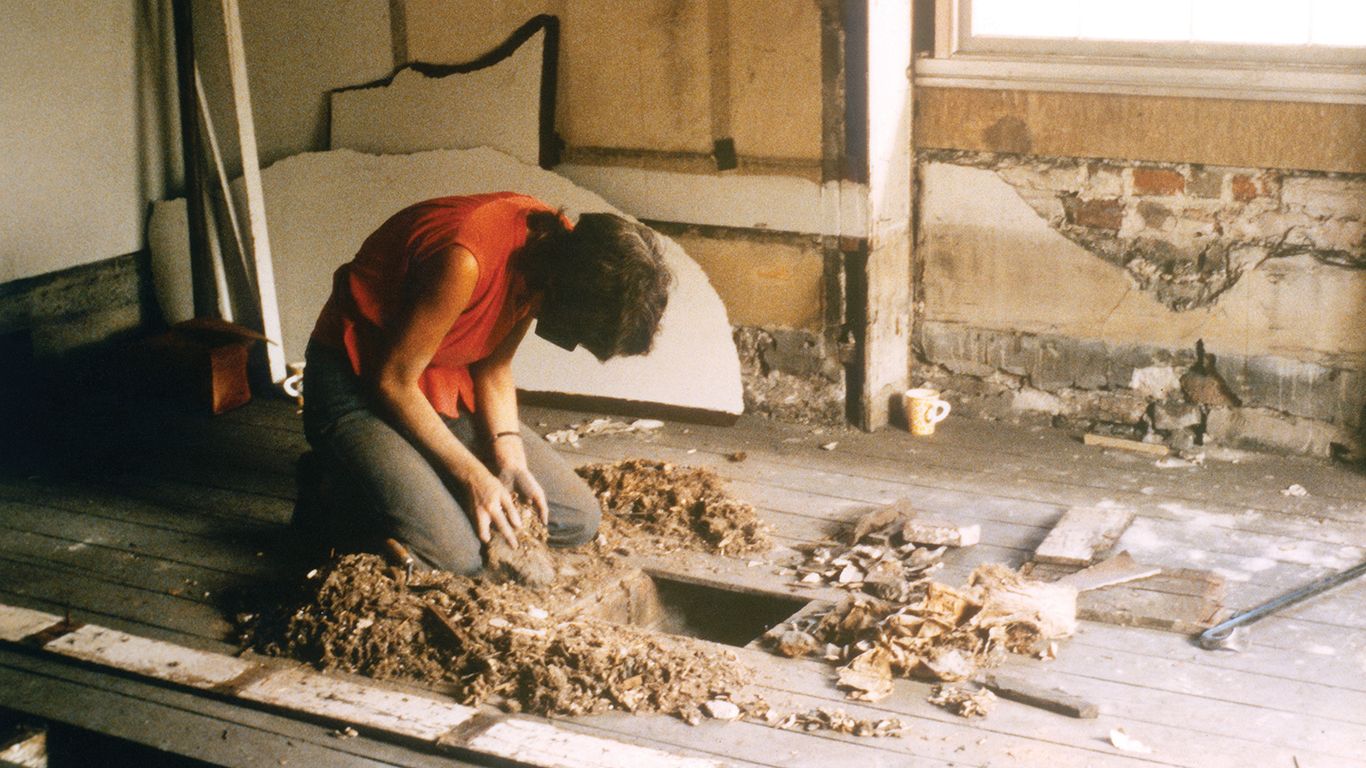Archaeology in action: Hyde Park Barracks
Occupied continuously by government institutions throughout its history and with over 100,000 individuals passing through, Hyde Park Barracks has a rich archaeological record.
It’s not only the small treasures, possessions and daily refuse left behind by these people that interests us, it’s the standing buildings themselves and the marks and layers of time that have been left behind by those who used their spaces.
In 1979 a major restoration of Hyde Park Barracks was begun, and by September 1980 the Barracks became the subject of the first publicly-funded archaeological excavation in New South Wales. Test trenches were opened by archaeologist Wendy Thorp, and then for 14 weeks throughout 1981 the site was under excavation by a team of 11 archaeologists, a conservator, a photographer and 250 volunteers, led by archaeologist Patricia Burritt.
Many smaller excavations, and a courtyard clearance of surface finds have also been conducted since, and a geophysical survey of the northern courtyard was conducted by students of the University of Sydney in 2013.
During these excavations archaeologists discovered over 120,000 artefacts around the site, including over 80,000 recovered from beneath the floors of the upper levels of the dormitory building, where objects had been trapped for up to 160 years. An estimated 80 per cent were left behind by women of the Female Immigration Depot, the Hyde Park Asylum for aged and destitute women and courts and government offices, and the remaining 20 per cent survived the installation of new ceilings in 1848, and date from the convict period.
The dry underfloor cavities preserved a surprising variety of fragile materials including paper, textiles and organic objects that don’t usually survive at archaeological sites.
It’s this material that makes the assemblage from Hyde Park Barracks of international importance, as a rare archive of 19th century institutional life. Between 2000 and 2010, a study of the women’s artefacts by La Trobe University revealed intricate details of everyday life in the Immigration Depot and Hyde Park Asylum including smoking, the distribution of religious texts, medical care, meagre possessions, recycled clothing and sewing activities.
More recently a study of the convict artefacts by curator Fiona Starr has revealed how barracks convicts made their lives more comfortable through improvisation and creativity, resistance to authority and through an extensive illicit trade network.
Today, large areas of the courtyard remain unexcavated, and Hyde Park Barracks still has much to reveal about its turbulent past.
Published on
Related
Browse all
Finding hope: Q&A with artist Hiromi Tango
Hope is a digital projection artwork by Japanese-Australian artist Hiromi Tango that uses the facade of the UNESCO World Heritage–listed Hyde Park Barracks as its canvas
![Government Printing Office; NRS 4481, Glass negatives. NRS-4481-4-44-[AF00194836] Immigration Barracks Sydney, August 1871 [Department of Public Works]](https://images.mhnsw.au/fotoweb/embed/2024/03/b437216ff79d433da2d3b92c8bb24e51.jpg)
Conservation
Conservation in action: Hyde Park Barracks northern range refurbishment works
In collaboration with experienced heritage consultants and traditional tradespeople, MHNSW is undertaking conservation works to the northern range buildings

Cutter and Coota: a children’s play by Bruce Pascoe
Meet author and historian Bruce Pascoe and the main characters from his play Cutter and Coota as they reflect on the play’s themes and the experience of performing at the Hyde Park Barracks

Hyde Park Barracks: a keeper of lost things
Uncover and explore some of the items found inside the barracks